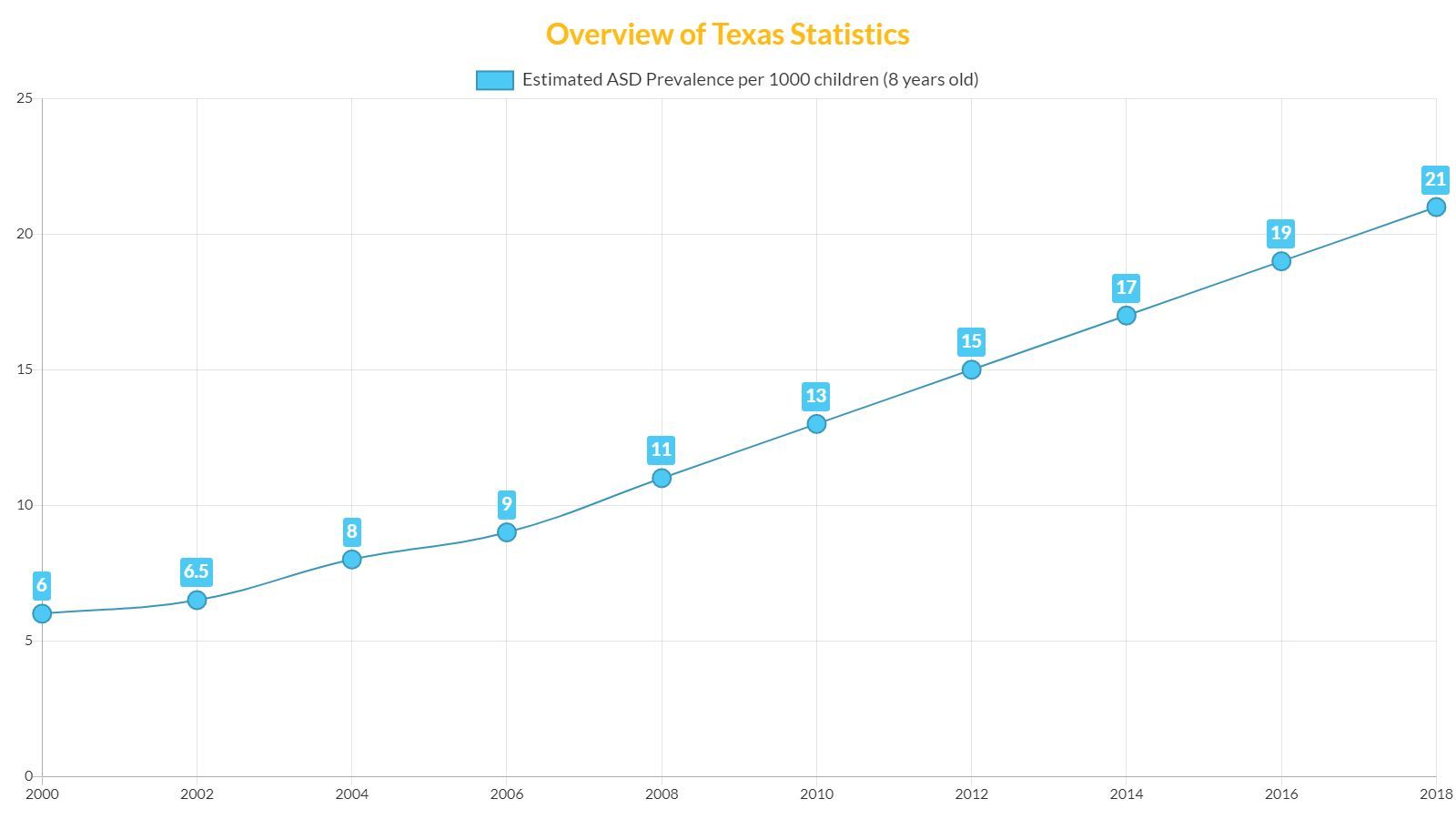| Number | First Name | Last Name | Email Address |
|---|---|---|---|
| 1 | Anne | Evans | anne.evans@mail.com |
| 2 | Bill | Fernandez | bill.fernandez@mail.com |
| 3 | Candice | Gates | candice.gates@mail.com |
| 4 | Dave | Hill | dave.hill@mail.com |
| Number | First Name | Last Name | Email Address |
|---|---|---|---|
| 1 | Anne | Evans | anne.evans@mail.com |
| 2 | Bill | Fernandez | bill.fernandez@mail.com |
| 3 | Candice | Gates | candice.gates@mail.com |
| 4 | Dave | Hill | dave.hill@mail.com |
| Number | First Name | Last Name | Email Address |
|---|---|---|---|
| 1 | Anne | Evans | anne.evans@mail.com |
| 2 | Bill | Fernandez | bill.fernandez@mail.com |
| 3 | Candice | Gates | candice.gates@mail.com |
| 4 | Dave | Hill | dave.hill@mail.com |
| Number | First Name | Last Name | Email Address |
|---|---|---|---|
| 1 | Anne | Evans | anne.evans@mail.com |
| 2 | Bill | Fernandez | bill.fernandez@mail.com |
| 3 | Candice | Gates | candice.gates@mail.com |
| 4 | Dave | Hill | dave.hill@mail.com |
Understanding Autism Prevalence
Autism prevalence is a critical topic that helps individuals and professionals understand the scope and impact of Autism Spectrum Disorder (ASD) across different populations.
Definition of Prevalence
Prevalence refers to the proportion of a population found to have a condition at a specific point in time or over a set period. In the context of autism, prevalence indicates the number of individuals diagnosed with ASD out of a given population group. This metric is crucial for assessing the scale of ASD within communities, regions, and countries, and it supports the planning and allocation of resources for research, support, and treatment.
Importance of Statistics
Statistics on autism prevalence play a vital role in shaping our understanding of the disorder. They provide insight into the frequency of ASD diagnoses and reveal trends that may necessitate changes in public health policy, education systems, and community support structures. Accurate statistical data also aid in identifying areas with higher incidence rates, which may highlight the need for further investigation into genetic, environmental, or social factors contributing to these variances.
The use of statistics helps in the following ways:
- Identifying Trends: By analyzing prevalence over time, stakeholders can determine if the incidence of autism is rising, declining, or remaining stable.
- Allocating Resources:
Statistics guide governments and organizations in the distribution of funding for ASD-related services, therapy, and support.
- Supporting Individuals and Families: Knowing the prevalence of autism assists families and individuals in finding relevant support groups, therapies, and educational options.
- Informing Research: Researchers use prevalence data to identify priorities for study and to form hypotheses about the causes and factors associated with ASD.
For more detailed information on national and state-specific prevalence rates, readers can explore our extensive articles on autism spectrum disorder statistics and autism diagnosis rates. Understanding the prevalence of autism helps in advocating for those affected by ASD and ensures that they receive the necessary support and opportunities to thrive. Additionally, recognizing the differences in autism prevalence by gender can lead to more tailored approaches in diagnosis and care.
Global Statistics on Autism
Autism Spectrum Disorder (ASD) is a developmental disorder that affects communication and behavior. It is known to be a complex and multi-faceted condition, with a wide range of symptoms and severity levels. Understanding the prevalence of autism is crucial for allocating resources, planning educational and support services, and guiding research.
Global Prevalence Rates
The prevalence of autism has been the subject of numerous studies around the world. According to data from the World Health Organization, it is estimated that approximately 1 in 160 children globally has autism. However, this figure varies widely, as autism diagnosis rates differ from one region to another.
A table summarizing the global prevalence rates can provide a clearer picture:
| Region | Estimated Prevalence |
|---|---|
| North America | 1 in 68 |
| Europe | 1 in 175 |
| Asia | Varies widely |
| Africa | Largely unknown |
It is important to note that these statistics are subject to change as more research is conducted and diagnostic practices evolve. For a comprehensive overview of current autism spectrum disorder statistics, please refer to our detailed guide here.
Regional Variances
When examining autism prevalence worldwide, it becomes evident that there are significant regional variances. These differences can be attributed to several factors, including diagnostic criteria, access to healthcare services, and cultural perceptions of developmental disorders.
In many western countries, there is a higher reported prevalence of autism, which could be partly due to greater awareness, more comprehensive screening efforts, and better diagnostic services. For instance, the United States has seen a notable increase in autism diagnosis rates over the past few decades.
Conversely, in some regions, particularly where healthcare resources are limited or there is a lack of awareness about ASD, the reported prevalence rates may be lower than the actual figures. This under-reporting can have significant implications for individuals with autism and their families, as it may limit their access to necessary services and support.
Additionally, studies show that autism prevalence can also differ by gender, with males being more likely to be diagnosed with ASD than females. For more information on autism prevalence by gender, visit our dedicated section.
Understanding these regional variances is essential for developing targeted strategies to support individuals with ASD around the world. As awareness and diagnostic capabilities improve, we can expect a more accurate representation of autism prevalence worldwide. It is imperative that all stakeholders—parents, educators, healthcare professionals, and policymakers—work together to address the challenges faced by the autism community globally and to leverage the data to improve outcomes for those affected by ASD.
Autism Prevalence in the US
Autism Spectrum Disorder (ASD) is a developmental condition characterized by challenges with social skills, repetitive behaviors, speech, and nonverbal communication. The prevalence of autism in the United States has been a subject of extensive study, and understanding these statistics is crucial for allocating resources and support.
National Statistics
Nationally, the
Centers for Disease Control and Prevention (CDC) reports that autism affects an estimated 1 in 54 children. This figure represents a significant increase from past decades, indicating either a true rise in numbers or improvements in diagnosis methods.
| Year | Estimated Prevalence |
|---|---|
| 2000 | 1 in 150 |
| 2010 | 1 in 68 |
| 2020 | 1 in 54 |
This trend is also reflected in the autism spectrum disorder statistics page, which provides a more detailed look at the changing rates over time.
State-Specific Data
When examining autism prevalence at the state level, there is considerable variance. Some states, like New Jersey, report higher rates, while others may have lower reported rates. Factors influencing these differences can include access to healthcare, diagnostic services, and public awareness.
For instance, in the state of Texas, the reported prevalence is slightly below the national average. However, this data may not fully represent the actual number of cases due to disparities in resources and awareness across different communities.
| State | Estimated Prevalence |
|---|---|
| New Jersey | 1 in 32 |
| Texas | 1 in 58 |
| California | 1 in 59 |
To understand these differences better, one can review the autism prevalence rates and autism diagnosis rates pages, which offer insights into the factors that may contribute to these variances.
Additional demographic factors, such as autism prevalence by gender, are also important to consider when assessing the overall impact of ASD within the United States and tailoring interventions and support accordingly.
Autism Prevalence in Texas
Overview of Texas Statistics
In Texas, the rates of autism spectrum disorder (ASD) have been a point of focus for both healthcare professionals and educators. As with the national trend, Texas has seen a rise in the number of individuals diagnosed with ASD. For an in-depth look at the
autism spectrum disorder statistics, there is a wealth of information available which indicates the growing need for awareness and services.

These figures are indicative and should be cross-referenced with the latest data from credible sources such as the CDC and state health departments. The increasing trend underscores the importance of analyzing autism prevalence rates to allocate resources effectively.
Challenges and Resources
Texas, like many states, faces challenges in addressing the needs of a growing autism community. Some of the key challenges include early diagnosis, access to affordable therapies, and educational support. The state has made strides in improving the availability and quality of resources for individuals with ASD and their families.
The Texas Autism Research & Resource Center (TARRC) is one example of a resource that provides valuable support and information to those affected by autism. Moreover, Texas has implemented mandates for insurance coverage for autism-related services, improving access to vital interventions.
| Resource | Description |
|---|---|
| TARRC | Research and support services for individuals with ASD |
| Texas Education Agency | Special education resources and guidelines |
| Texas Health and Human Services | Programs and services for ASD health care |
Despite these resources, there is a need for ongoing support to address disparities in service availability, particularly in rural areas. The state has been working to enhance autism diagnosis rates through better screening and to raise public awareness about ASD. Furthermore, understanding autism prevalence by gender is crucial for tailored support services, as males are generally diagnosed with autism more frequently than females.
Texans with ASD, their families, ABA therapists, and educators continue to advocate for improved services and support systems. As the prevalence of autism in Texas continues to rise, these efforts are increasingly important to ensure that all individuals with ASD can lead fulfilling lives.
Factors Affecting Prevalence
The prevalence of Autism Spectrum Disorder (ASD) is influenced by various factors, which can impact the reported rates of autism in different regions and populations. Understanding these factors is crucial for interpreting the data on autism prevalence worldwide and for informing policy, research, and support services.
Diagnostic Criteria
The criteria used to diagnose ASD have evolved over time, and this evolution has had significant effects on autism prevalence rates. For instance, the transition from the Diagnostic and Statistical Manual of Mental Disorders, Fourth Edition (DSM-IV) to the Fifth Edition (DSM-5) brought changes to the diagnostic criteria for ASD. This has led to variations in how individuals are evaluated and diagnosed, potentially impacting prevalence figures.
| DSM Edition | Year of Publication | Impact on ASD Diagnosis |
|---|---|---|
| DSM-IV | 1994 | Broader criteria including separate diagnoses such as Asperger's Syndrome |
| DSM-5 | 2013 | Unified autism diagnosis, eliminating separate categories and potentially affecting prevalence rates |
It is important to consider these changes when examining autism diagnosis rates over time. Any comparison of prevalence data across different time periods must account for these shifts in diagnostic criteria to avoid misleading interpretations.
Awareness and Screening Efforts
Increased awareness and improved screening efforts for ASD have also contributed to changes in reported prevalence. Heightened awareness among parents, educators, and healthcare providers can lead to more children being evaluated for ASD. Additionally, the implementation of routine developmental screenings has facilitated earlier identification of autistic traits, potentially affecting reported prevalence figures.
Regions with robust awareness campaigns and widespread screening programs may report higher prevalence rates. These increases often reflect improved detection rather than a true rise in the number of cases. Conversely, areas with limited awareness and fewer screening initiatives might underreport the prevalence of autism.
To further explore these factors, readers can review autism spectrum disorder statistics and investigate how awareness and screening have influenced diagnosis rates over time. Additionally, understanding autism prevalence by gender can provide insight into the impact of these factors on different groups within the population.
The prevalence of ASD is a complex issue shaped by the intricacies of diagnostic criteria and the reach of awareness and screening programs. By acknowledging these factors, stakeholders can better comprehend the nuances of autism prevalence and work towards more accurate and informative statistics.
Future Trends in Autism Prevalence
As we continue to learn more about Autism Spectrum Disorder (ASD), understanding the future trends in autism prevalence is crucial for planning and providing adequate support services. Researchers are constantly working to identify patterns and projections that can inform the global response to autism.
Research and Projections
Studies and research on ASD are ongoing, and they are critical in identifying the future trends in autism prevalence. The projections indicate that the number of individuals diagnosed with ASD may continue to rise due to improved awareness, better diagnostic methods, and possibly environmental factors. Researchers are also exploring the potential impact of genetic and epigenetic factors on autism rates.
A significant focus is on the early identification of autism, as early intervention has been shown to improve outcomes. With the increase in screening efforts and the refinement of diagnostic criteria, it's likely that more children will be identified as being on the spectrum at younger ages (autism diagnosis rates).
The following table reflects hypothetical data on the projected increase in autism diagnoses over the next decade:
| Year | Projected ASD Diagnoses |
|---|---|
| 2023 | 1 in 54 |
| 2028 | 1 in 46 |
| 2033 | 1 in 42 |
These figures highlight the importance of ongoing research and the need for adaptive support services.
Impact on Support Services
The anticipated increase in autism prevalence worldwide will have a significant impact on the need for support services. Educational systems will need to adapt to accommodate the increasing number of students requiring specialized services. Healthcare providers, including ABA therapists and professionals, will also face greater demand for their expertise.
Support services will need to evolve in several ways:
- Expansion of early intervention programs.
- Increased availability of training for educators and school personnel on accommodating and teaching students with ASD (autism spectrum disorder statistics).
- Growth in community-based support for families and individuals with ASD.
Furthermore, understanding autism prevalence by gender (autism prevalence by gender) will be essential in tailoring services, as males are currently diagnosed with ASD more frequently than females.
As we look to the future, it is clear that the rise in autism prevalence will necessitate a proportional increase in support services. Communities, healthcare systems, and educational institutions must prepare for these changes to ensure that individuals with ASD receive the support they need to thrive. With comprehensive research and projections, we can anticipate these needs and work towards a more inclusive society that is equipped to support the diverse needs of individuals with autism.













